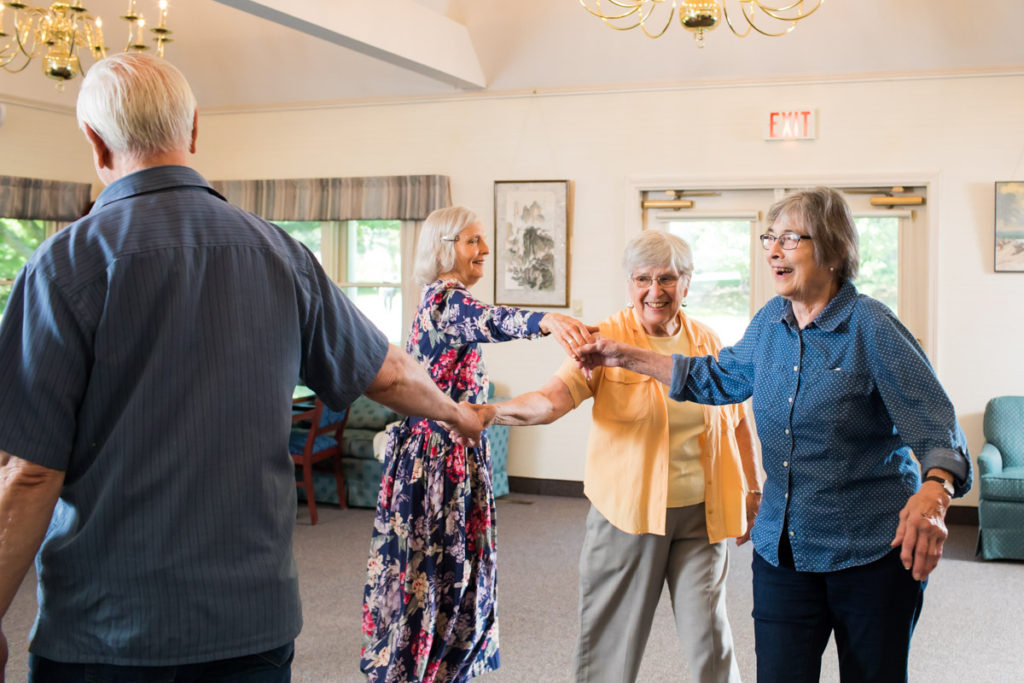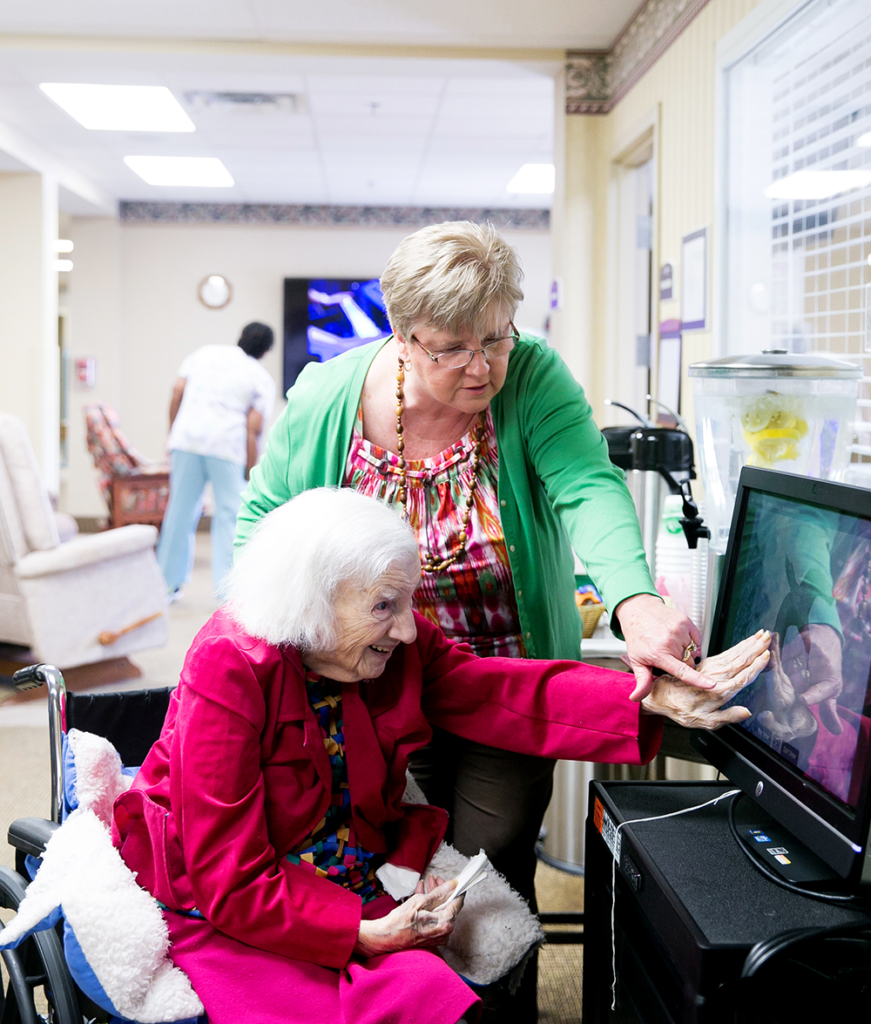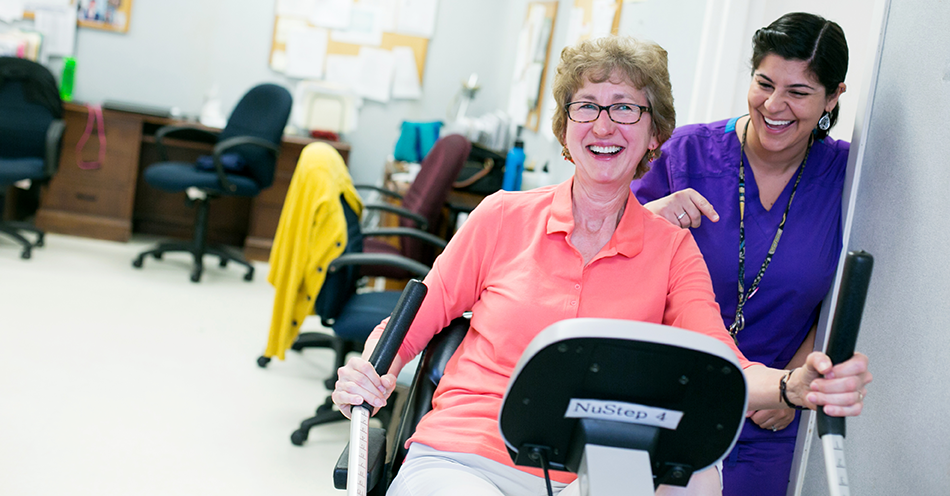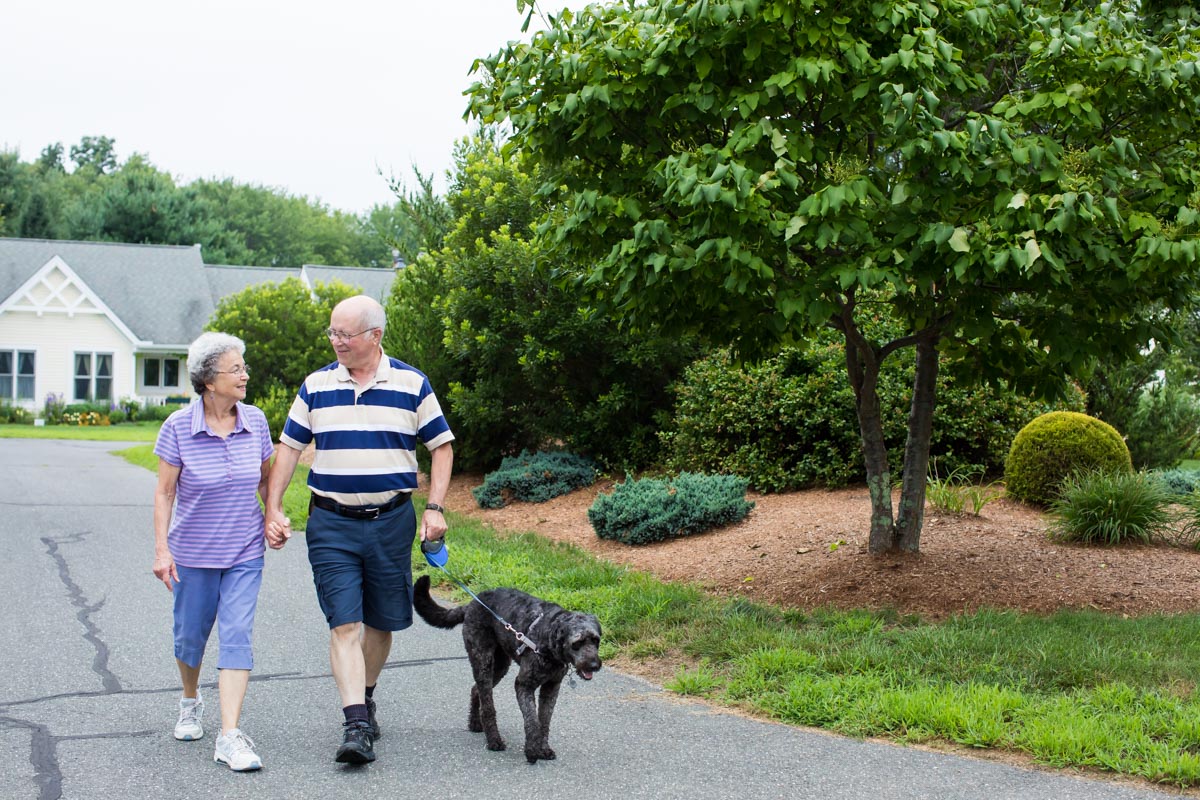Communities offer many options and levels of care to older adults. Quite possibly, what you need today is not what you will need in the future. Or, you may be in generally excellent health but suffer a temporary setback that requires short-term rehabilitative or other care. You should seek a community that provides you with the peace of mind to know that whatever happens, your needs will be well met.
You’ll hear terms like “independent,” “assisted” and many more as you start your search. It is also important to note that different states use different terminology as well. For example assisted living may be called personal care in Pennsylvania, or enhanced living is a term used in New York. Keep our glossary handy as you read brochures and other materials, talk to people, and visit different communities.
Lifecare
An offering that provides a huge financial and psychological benefit to older adults and their families is a Lifecare Agreement. Lifecare is a program that allows people over the age of 65 to know there is a safety net of care and services in place for them and their families. It is the only financial structure under which residential services are provided to include long-term healthcare in the form of a predictable monthly fee. When you choose Lifecare, you give your family four important gifts:
- Your estate will be protected. Paying out-of-pocket for long-term care can be financially devastating.
- Your family will never have to make care decisions in a crisis.
- The time you spend with family will be family time–not time managing home upkeep, medical appointments and other tasks.
- Whether you have children or not, Lifecare brings you quality of life to share with family and friends.
Independent Living
Many senior living providers cater to those who are able to live fully or mostly independently, while others develop communities for those who need more assistance with the regular activities of daily living or higher levels of health care. Still other providers span the entire continuum of care, serving residents who live independently and guaranteeing them priority access to assisted living services and/or skilled nursing care, if it’s ever needed.
Life Plan Communities offer multiple ways for older persons to find satisfying living arrangements, ranging from housing with few services to 24-hour skilled nursing care. This continuum of services allows people to access the services they need in the place they call home.
Most residents move to a Life Plan Community when they are healthy enough to live independently in the community and can take advantage of all of the social activities and amenities available to them. Independent living (also known as residential living) allows residents to come and go as they please and pursue old and new interests without the worries of homeownership.
There are many reasons people decide to sell their homes and move into a cottage, villa or apartment in a Life Plan Community, including:
- Comprehensive health and wellness programs, which may include access to fitness trainers, low-impact aerobics and yoga classes, fitness and aquatic centers, and special diet meal plans.
- Convenient access to a huge array of activities, amenities and services. Many of these perks are on-site in the community, but more and more Life Plan Communities are offering ways for residents to stay involved in their broader community as well, through lifelong learning, intergenerational programs and volunteer service projects.
- Friendships formed with other residents. A network of close, supportive friends can be especially beneficial if health care issues arise in the future.

Moving when you are younger allows you to more fully enjoy and benefit from these events and activities.
Assisted Living/Personal Care
Assisted Living (also known as Personal Care in Pennsylvania) is designed for those who need some assistance with meals, medications, dressing and other activities of daily living and who would benefit from the supervision of staff 24 hours a day. Residents often live in private studio or one-bedroom apartments and share dining and other common areas with other residents.
Assisted Living services typically include:
- Weekly housekeeping.
- Three meals a day.
- Assistance with activities of daily living.
- Wellness and education programs.
- Social and recreational programs.
- Trained and certified staff 24 hours a day.
- An emergency call system.

Memory Care
Memory care is a type of long-term care for older adults in various stages of Alzheimer’s disease, dementia and other cognitive conditions who are in need of a secure living area. Specially trained caregivers help residents with self-care and communication and they are also able to manage safety concerns and symptoms like aggression, confusion and wandering.
Memory care communities can be free-standing and independently operated, but most are special areas within a nursing home, assisted living or Life Plan Community. Services and amenities often include:
- Living accommodations offered within a secured, activity-based environment.
- Activities such as; musical performances, discussion groups, fitness and social events.
- All meals, including those required for special diets.
- Medication assistance and management.
- Social and recreational services.
Skilled Nursing
Skilled Nursing care, which is typically provided in a nursing home,or Life Plan Community, and involves 24-hour health care provided, or supervised, by a Registered Nurse. Those requiring Skilled Nursing care almost always also require assistance with activities of daily living.
Skilled Nursing communities often include:
- Private or shared rooms.
- An RN–Nurse Manager always on duty.
- High staff-to-resident ratios.
- Housekeeping.
- Meals prepared under the direction of a registered dietician.
- Cable TV, telephone and internet access.
- Laundry service.
- Specialized programming such as pet and music therapy.
- Wheelchair-accessible buses.
- Physical, occupational, speech and aquatic therapy.
- Areas to visit with friends and family.
- Salon services.
- An emergency response system.

Rehabilitation
Short term rehab—also known as short-term nursing care or post-acute care— serves as a bridge between a hospital stay and an individual’s return to the home environment. Frequently, individuals who are admitted to the hospital for at least three nights qualify for a Medicare A-covered rehab stay at a health care center.
Physical, occupational and speech therapists work with closely with older adults so that they can return to active and healthy lifestyles.
- Physical therapy includes functional training, wellness, maintenance of good health and proper body mechanics. Physical therapists also work with individuals to prevent loss of mobility by developing fitness and wellness-oriented lifestyles.
- Occupational therapy is designed to help those who have experienced a loss of ability caused by hospitalization, aging, illness, injury or developmental disability to increase their ability to tend to the activities of daily living (ADLs).
- Speech-language pathologists diagnose and treat communication disorders and evaluate individuals who experience problems eating and drinking.
In-Home Services
When daily activities become more challenging, in-home service can provide the support needed to allow you to maintain your health and independence while staying in familiar surroundings. This personal assistance, which is paid for on a fee-for-service basis, can be provided daily or on an intermittent basis by the hour. The services offered may include:
- Meal preparation
- Medication reminders
- Laundry services
- Light housekeeping
- Escort for shopping, errands and medical appointments
- Bathing and hygiene support
- Pet care
Senior Living Glossary
Are you coming across terms you’re unfamiliar with? We’ve put together a list of commonly used Senior Living terms and definitions.

